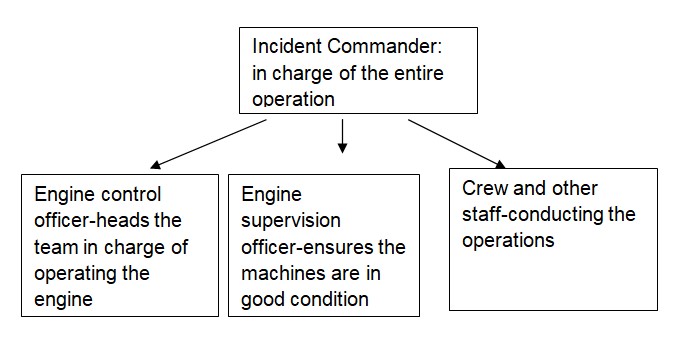A director or administrator heads the agency. The current head is William Craig Fugate. Before joining the organization, he served as the Alachua County representative of Emergency Management Division.
Emergency management is not an easy task, that is why experts came up with at least four phases. One of the phases is prevention. An example of prevention is building dykes to prevent floods where disaster-handling officers undertake activities, such as intense inspection, surveillance, and investigations (Bradley 34). The second phase entails mitigation, which refers to the mechanisms that aim at reducing the occurrence of an event. An example includes a situation where officer in charge undertakes risk assessment leading to information gathering that lays a strong foundation towards improvement. The third phase is preparedness and example includes sensitizing the community through introduction of educational programs on disaster handling (Burns 67). The last major phase is response, an example comprises coordination of resource, both human and capital.
The President created Federal Emergency Management Agency on 1 April 1979 following the presidential reorganization plan no. 3 of 1978.
The Federal Government is solely responsible for providing security to its citizens, since it has the jurisdiction over the entire country.
The risk management model is the widely used in disaster management, since it seeks to calculate the probability at which a risk might occur. Upon noting this, the challenges or the threats that the risk poses are identified, as it helps in offering a solution. Whenever a risk occurs, not all groups are susceptible, meaning that it is the role of the officers to identify those affected directly (Coppola 89). Lastly, the criticality or the consequences of the risks have to be recorded to understand the way in which they affect the population (Stollard and Johnston 112).
Taking an example of floods, most of those vulnerable are women and children, even though men might also be affected. The officers have to assess the probability of the disaster happening in the locality before moving in to calculate the threats. Once the officers are aware of the dangers and the chances of the disaster happening, evaluating the vulnerability of the community is critical. Finally, people are affected differently after the disaster, as some will be counting financial losses while others will be affected psychologically.
The Incident Command System is a systematic tool mostly employed in commanding, calculating, and organizing the emergency responses. The following chart shows a simple structure of the command system organization:

National Response Framework is part of the governmental strategy that offers the main points as far as establishment of domestic responses is concerned. One of the principles of the agency is engaged partnerships whereby leaders are requested to unite at the time of disasters.
Under the Strafford act, various processes have to be observed. The first step entails the governor assessing the situation before sending request to the president for action. The situation must be beyond the control of the state and the governor has to establish the real figure needed (Veenema 40). The second process is presidential assessment where the head weighs the situation and establishes whether it calls for the federal government intervention.
One of the main considerations is the personal situation whereby the vulnerability of various groups is identified. The second is the nature of the disaster since decontamination might be needed in case the disaster was a nuclear accident.
Works Cited
Bradley, Arthur. The Disaster Preparedness Handbook: A Guide for Families, New York: Skyhorse Publishing, Inc, 2011.Print.
Burns, Linda. Fema (federal Emergency Management Agency): An Organization in the Crosshairs, New York: Nova Science Publishers, 2006. Print.
Coppola, Damon. Introduction to International Disaster Management, Burlington: Elsevier Science, 2011. Print.
Stollard, Paul, and Johnston, Lawrence. Design against Fire: An Introduction to Fire Safety Engineering Design, London: E & FN Spon, 1994. Print.
Veenema, Tener G. Disaster Nursing and Emergency Preparedness for Chemical, Biological, and Radiological Terrorism and Other Hazards, 2013. Print.